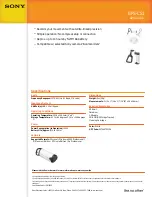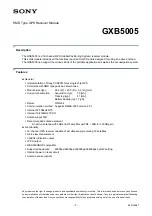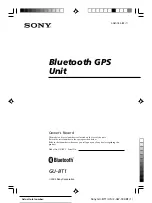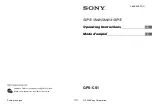
Flight Management System (FMS) for the Agusta AW139/AB139 Helicopter
A28--1146--181
REV 3 Mar 2009
7-15
Flight Plan
Honeywell International Inc. Do not copy without express permission of Honeywell.
D
Airway
-- Any airway in the database is permitted to be entered.
When entering an airway, the waypoint in the flight plan preceding
the point of entry must be a waypoint on the airway. The airway entry
is made in the format of the VIA.TO prompt where VIA is the airway
identifier and TO is the last waypoint to be used on the airway. For
example, a portion of the flight plan is GUP, J102 to ALS. The first
step is to insert GUP into the flight plan. This is followed by entering
J102.ALS into the scratchpad, as shown in Figure 7--7. The entry is
completed by selecting 3L and the FMS automatically fills in all the
waypoints along the airway from GUP up to and including ALS. The
airway is also entered as a single input by entering GUP.J102.ALS
into the scratchpad and selecting the appropriate line select key.
01679.01
Figure 7--7
Entering GUP Into Flight Plan
D
Flight Plan Names
-- Any defined flight plan name is permitted to
be entered. When a defined flight plan is entered, flight plans are
linked together. When inserting a flight plan, the FMS searches for
common points between the two flight plans being linked. When the
common waypoint is found in the stored flight plan, the two flight
plans are linked at that point. Any waypoints in the stored flight plan
preceding the common waypoint are eliminated. When no common
waypoint is found, the stored flight plan is inserted beginning at the
origin.
Flight plan names are also entered using the VIA.TO format. In this
case, the stored flight plan is inserted up to and including the
waypoint specified in the VIA.TO entry. Any waypoints in the stored
flight plan after the specified waypoint are eliminated.
Summary of Contents for FMZ Series
Page 3: ......
















































